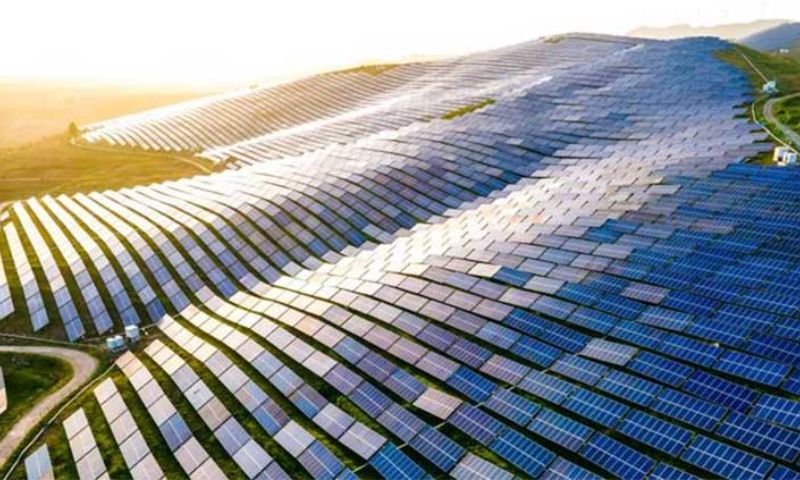BEIJING: China has recently connected what it claims to be the world’s largest solar power plant to the grid in northwestern Xinjiang. Covering an area of 33,000 acres, the plant reportedly generates 6.09 billion kWh annually. Located near Ürümqi, the capital of Xinjiang, it began operations on June 3 under the management of the Chinese state-owned Power Construction Corporation.
To put its substantial output into perspective, the designed capacity of this plant could supply the entire population of Papua New Guinea with electricity for a year, or nearly meet the energy needs of Luxembourg for the same duration. The achievement has even drawn admiration from Elon Musk.
Xinjiang, known officially as the Xinjiang Uygur Autonomous Region, is sparsely populated yet rich in solar and wind resources, making it an ideal location for large-scale renewable energy projects. These facilities transmit power over vast distances to China’s densely populated eastern coast.
This new solar power plant, boasting a capacity of 5GW, is part of China’s broader strategy to peak carbon emissions by 2030 and achieve carbon neutrality by 2060. The country aims to build 1,200 GW of renewable energy capacity by 2030 and is currently on track to exceed this target well ahead of schedule. This expansion in solar power is complemented by a 20.7 percent increase in wind power capacity, underscoring China’s commitment to clean energy development.

























